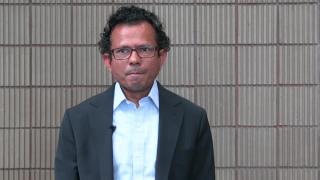
Technology
Latest News
Latest Videos

CME Content
More News

The use of ChatGPT may be premature to replace anterior segment experts.

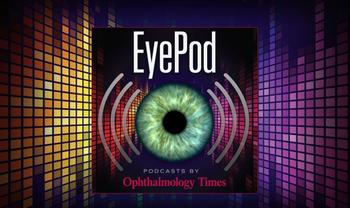
Robert T. Chang, MD, from Stanford University discusses how large language models are transforming ophthalmology by enhancing patient communication, documentation, and education, while also addressing ethical considerations and potential future applications in glaucoma care.

The integration of artificial intelligence in laser cataract technology is shifting the paradigm for the future of cataract surgery and is driving increased precision and improved outcomes for patients.

A time line marked by innovation, collaboration, and improving patient outcomes.

Mount Sinai gifted $5 million for the center for ophthalmic artificial intelligence and human health
The Center, which was launched in 2023, will now be named The Barry Family Center for Ophthalmic Artificial Intelligence and Human Health.
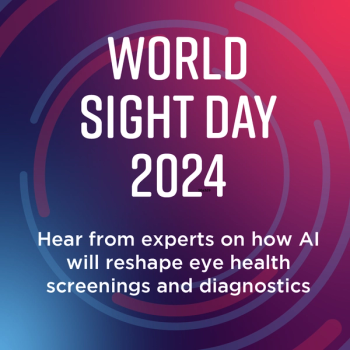
On World Sight Day, leading experts in ophthalmology look at artificial intelligence and how it could impact diagnosing and finding diseases in the future.

The donation will support the development of the Artificial Intelligence Innovation Center, a collaborative hub with a focus of preserving the vision of patients with various eye conditions and eliminating blindness.

Option provides surgeons with flexibility and creativity.

German researchers found that their study results suggest that the effect of glaucoma on the elapsed time depends on disease progression. This uncertainty during everyday navigation tasks may adversely affect patients’ quality of life.
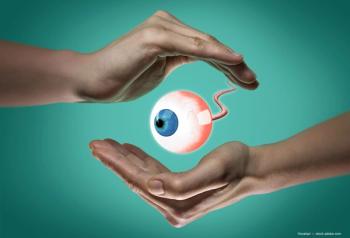
Researchers from NYU Langone published a study reporting on the eye's functioning, without sight but offering hope for the future.

Sujay Jadhav, CEO of Verana Health, a digital health company dedicated to revolutionizing patient care and clinical research through real-world data (RWD), provides an overview of new FDA guidance.

A team of researchers from Johns Hopkins Medicine and the University of Wisconsin-Madison conducted a study on the application of autonomous artificial intelligence and testing for diabetic eye disease.

Australian researchers have found that clinical registries may be an untapped font of information for artificial intelligence.

With many benefits, AI technology does have the potential to change the way practices work in the coming years, but it may require additional advancements in terms of relieving physician burnout and driving organization.

Technologies continue to push retina surgical suites into the future

The Australian Society of Ophthalmologists hosted its inaugural Eye Surgery Showcase, where participants learned how ophthalmologists and the medical technology industry are working together to save the sight of Australians.

Researchers from the Shanghai Jiao Tong University School of Medicine developed a deep learning–based model for early identification of myopia, strabismus, and ptosis using 1419 facial photographs from 476 individuals.

According to the organization, professionals from almost every country and territory across the globe—including nearly 15% of the world's ophthalmologists—have trained on the platform.

Nebraska Medicine taps technology for use in clinics.

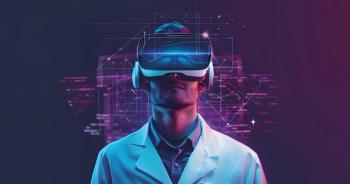
Answers to common questions that can help kick-start the journey into the metaverse to learn from the many virtual educational meetings and conference opportunities while mingling with colleagues worldwide.

Scott Xiao, co-founder and CEO of Luminopia, sat with Ophthalmology Times to discuss the PUPiL Registry and how the VR treatment for children with amblyopia works and can revolutionize amblyopia treatment.
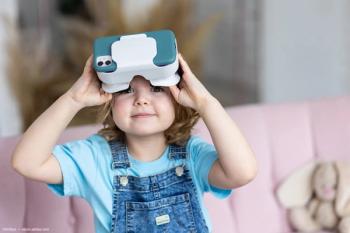
The approach to treating amblyopia in young children couples proprietary therapeutic software with virtual reality (VR) headsets and popular children's TV shows






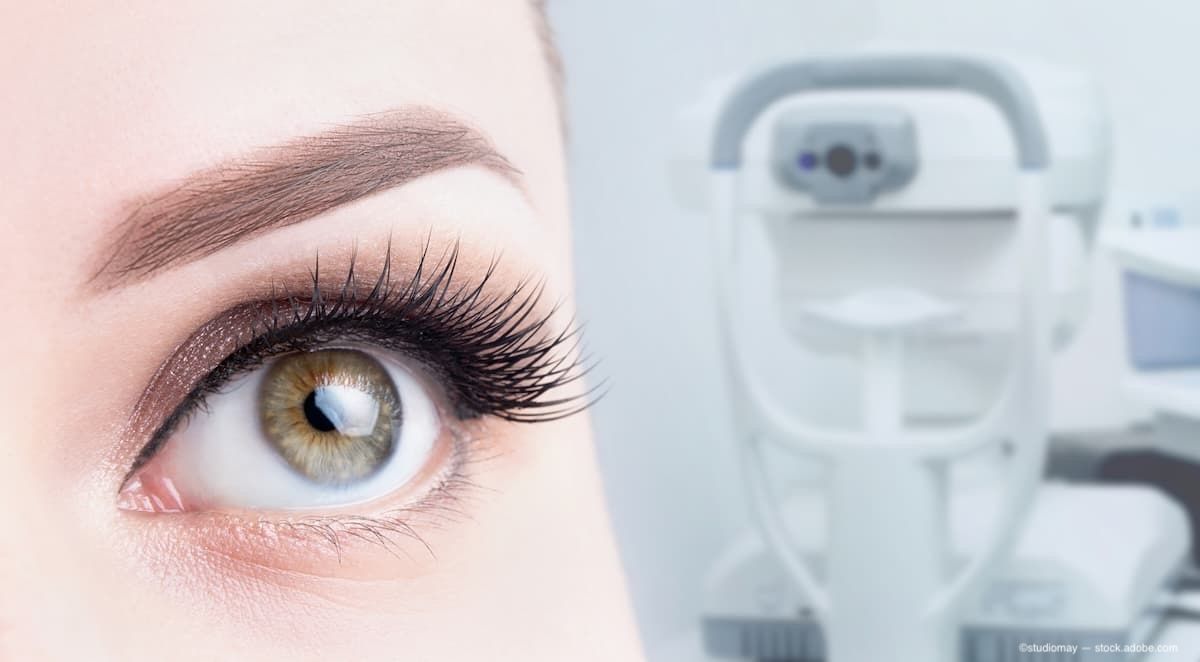





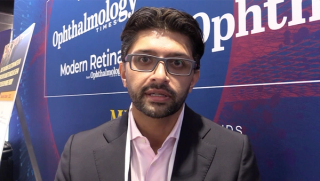
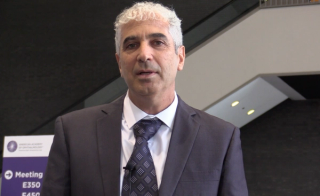


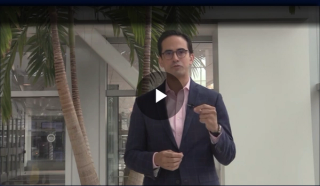













































.png)


